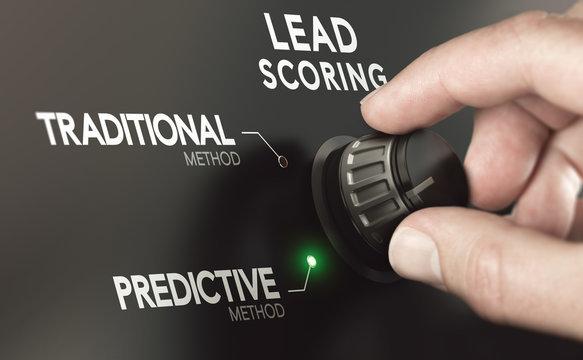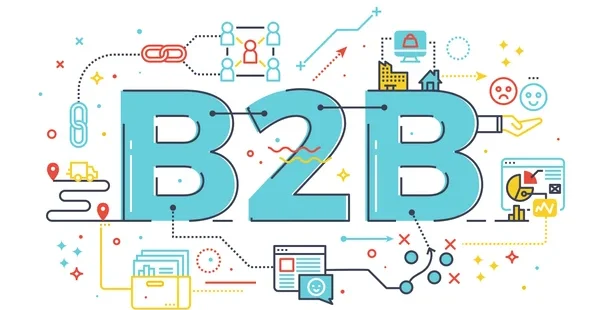
Lead Scoring 101: How to Prioritize and Qualify Your Prospects for Better Sales
In today’s competitive business landscape, not all leads are created equal. Some prospects are ready to buy, while others need more nurturing before they make a decision. Lead scoring is an essential process that helps businesses prioritize their leads and focus their efforts on the most promising opportunities. In this guide, we’ll explore what lead scoring is, why it’s important, and how you can implement it to boost your sales efficiency.
What is Lead Scoring?
Lead scoring is a methodology used to rank prospects based on their likelihood to convert into customers. This is done by assigning numerical values to various criteria such as demographic information, online behavior, engagement levels, and firmographic data. The goal is to identify which leads are most likely to result in sales and allocate resources accordingly.
Why is Lead Scoring Important?
Implementing a lead scoring system can provide several benefits, including:
- Improved Sales Efficiency – Sales teams can focus their time and energy on high-potential leads instead of wasting effort on unqualified prospects.
- Better Alignment Between Sales and Marketing – A clear scoring system ensures both teams are on the same page when it comes to lead quality.
- Increased Conversion Rates – Prioritizing leads who are more likely to convert leads to higher sales success rates.
- Enhanced Customer Experience – Engaging with leads at the right time and with the right approach improves customer satisfaction and trust.
Key Criteria for Lead Scoring
To effectively score leads, businesses should consider a mix of the following criteria:
1. Demographic Information
- Job title
- Industry
- Company size
- Location
2. Behavioral Data
- Website visits
- Downloading resources (e.g., whitepapers, eBooks)
- Email opens and clicks
- Webinar attendance
3. Engagement Level
- Frequency of interactions
- Social media engagement
- Response to outreach efforts
4. Firmographic Data (for B2B businesses)
- Revenue
- Market segment
- Growth potential
Steps to Implement an Effective Lead Scoring System

Follow these steps to create and implement a successful lead scoring model:
Step 1: Define Your Ideal Customer Profile (ICP)
Understand the characteristics of your most valuable customers. Analyze your existing customer base to identify common traits and behaviors.
Step 2: Assign Values to Lead Attributes
Rank different attributes based on their importance in the buying process. For example:
- A C-level executive in your target industry might receive a higher score than a junior-level employee.
- Frequent website visits and multiple content downloads indicate higher interest.
Step 3: Set Thresholds for Lead Qualification
Determine the score threshold that qualifies a lead as “sales-ready.” Leads falling below the threshold can be nurtured through targeted marketing efforts.
Step 4: Implement Lead Scoring Tools
Utilize CRM platforms and marketing automation tools such as HubSpot, Salesforce, or Marketo to automate the scoring process and track lead activities.
Step 5: Regularly Review and Adjust Your Scoring Model
Market conditions and customer behaviors evolve over time. Regularly analyze the effectiveness of your scoring criteria and adjust as needed.
Common Challenges in Lead Scoring and How to Overcome Them
Despite its benefits, lead scoring comes with challenges such as:
- Inaccurate Data: Ensure your CRM and marketing automation tools are updated with accurate and relevant data.
- Overcomplicating the Model: Keep your scoring system simple and focused on key indicators.
- Ignoring Lead Nurturing: Not all leads will be sales-ready immediately; nurture them through personalized content and follow-ups.
Conclusion
Lead scoring is a powerful strategy that allows businesses to optimize their sales and marketing efforts by focusing on the most promising prospects. By defining clear criteria, utilizing the right tools, and continuously refining your scoring model, you can increase conversions, improve efficiency, and ultimately drive revenue growth.
Implement lead scoring today and start prioritizing your prospects for better sales success!




